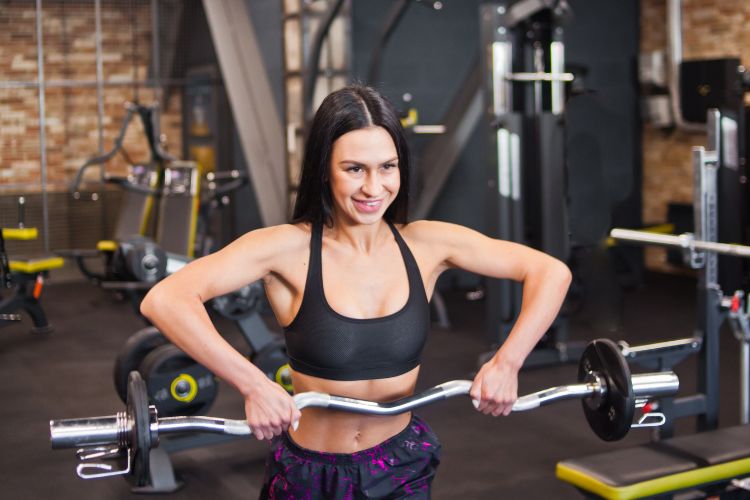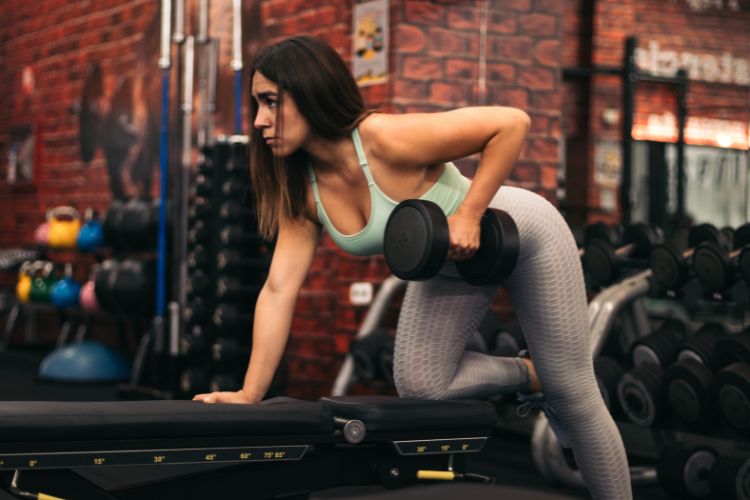Sign up for workout ideas, training advice, reviews of the latest gear and more.




Leg day is a cornerstone of any effective workout routine. It focuses on some of the largest and strongest muscles in your body, including the quadriceps, hamstrings, glutes, and calves. Beyond aesthetics, strong legs are crucial for overall functional fitness, athletic performance, and injury prevention. In this blog, we’ll explore everything you need to know about leg day workouts, from their benefits to detailed exercises and tips for maximizing your results.
Your legs are the foundation of your body. They support you in almost every movement, from walking and running to lifting and jumping. Strengthening these muscles improves stability, balance, and coordination, essential for both athletic activities and everyday tasks.
Leg exercises often engage multiple muscle groups and require significant effort, making them great for building strength and burning calories. Compound movements like squats and deadlifts also activate your core and back muscles, promoting full-body fitness.
Whether you’re a sprinter, soccer player, or dancer, strong legs improve speed, agility, and power. Explosive leg strength is critical for jumping higher, running faster, and changing direction more efficiently.
Leg day workouts are intense and often involve compound exercises that activate multiple muscle groups simultaneously. This increases calorie burn during and after your workout, helping with weight management and boosting your metabolism.
Understanding the primary muscle groups targeted on leg day helps you tailor your workout effectively.
The quadriceps, or “quads,” are a group of four muscles located at the front of your thighs. They play a key role in knee extension and hip flexion.
Located at the back of your thighs, the hamstrings are responsible for knee flexion and hip extension. They are crucial for explosive movements like sprinting and jumping.
The gluteal muscles, including the gluteus maximus, medius, and minimus, are the largest and most powerful muscles in your body. They are essential for hip extension, stabilization, and overall lower body strength.
The calf muscles, comprising the gastrocnemius and soleus, are located at the back of your lower legs. They are important for ankle stability and movements like walking, running, and jumping.
Compound exercises target multiple muscle groups and joints simultaneously, making them the foundation of any effective leg day workout.
Squats are the king of leg exercises, targeting the quads, hamstrings, glutes, and core.
Deadlifts are excellent for developing the hamstrings, glutes, and lower back.
Lunges are great for building unilateral leg strength and improving balance.
Isolation exercises target specific muscle groups, allowing you to focus on areas that need improvement.
The leg press is a machine-based exercise that targets the quads, hamstrings, and glutes.
Hamstring curls specifically target the muscles at the back of your thighs.
Calf raises strengthen the lower leg muscles.
A thorough warm-up increases blood flow to your muscles, enhances flexibility, and reduces the risk of injury. Start with 5-10 minutes of light cardio followed by dynamic stretches like leg swings and lunges.
Proper form is crucial for maximizing results and avoiding injuries. Use controlled movements, maintain a straight back, and avoid letting your knees cave inward during squats and lunges.
To continue building strength, gradually increase the resistance, repetitions, or sets in your workout. Progressive overload ensures consistent muscle growth and improved performance.
While compound exercises are the cornerstone of leg day, including isolation exercises ensures balanced muscle development.
Leg day can be intense, so allow your muscles adequate time to recover. Ensure you get enough sleep, hydrate, and consider active recovery methods like foam rolling and stretching.
Fuel your workout with a meal rich in carbohydrates and protein about 1-2 hours before exercise. Examples include oatmeal with a banana or chicken with sweet potatoes.
Post-workout, prioritize protein and carbohydrates to aid muscle recovery and replenish glycogen stores. A protein shake with a banana or grilled chicken with rice are excellent options.
Leg day is an essential part of any workout regimen, offering benefits that go beyond building muscle. Strong legs improve functional fitness, athletic performance, and overall health. Whether you’re a beginner or an advanced lifter, the key to an effective leg day workout lies in a combination of compound and isolation exercises, proper form, progressive overload, and adequate recovery. With the right approach, leg day can transform your fitness routine journey, setting the foundation for strength and power that supports your entire body.
So lace up your training shoes, fuel your body, and get ready to conquer your next leg day!
Stay up to date on the latest women’s health, fitness and lifestyle trends and tips.